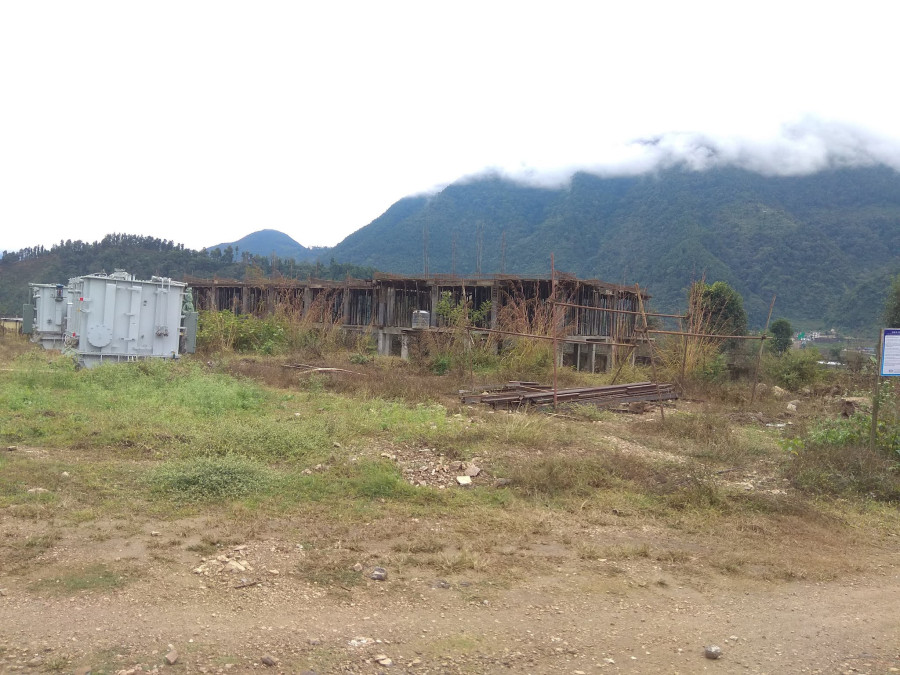Money
Chinese firm loses substation contract after being no-show
The substations are part of a power line project to bring electricity from Marsyangdi to Kathmandu.
Prahlad Rijal
The high capacity substations are part of a $56 million Marsyangdi-Kathmandu transmission line project to bring electricity from the Marsyangdi basin to Kathmandu to meet its ever-rising energy demand. Shenzhen Farad received the contract in December 2017.
“The contractor deserted the project sites one month ago, and we sent a letter asking it to resume work. But it did not show up despite a pledge to do so leading to the termination of the contract,” said Tara Pradhan, project chief. “We are determining the amount to be seized from the contractor in performance guarantee.”
Shenzhen Farad is expected to forfeit its performance guarantee worth about Rs500 million.
According to the Nepal Electricity Authority, the objective of the project is to increase the power transfer capacity from the Marshyangdi corridor which has a high concentration of power schemes to the Kathmandu Valley to reinforce the power system and improve transmission reliability.
The termination of the contract will put a dent in the state-owned utility's plan to execute the already overdue project and increase power flow into the valley.
In recent days, scores of business and households from all over the valley have been troubled by frequent electricity cuts and voltage fluctuations as a surge in power demand has revealed the cracks in its faltering decades-old distribution infrastructure.
According to Pradhan, officials are holding technical discussions to decide their next step. They will probably open a second bid for the construction of the substations.
The transmission line project, funded by the Asian Development Bank and the Norwegian and Nepal governments, envisages setting up an 80-kilometre-long power line.
Both transmission and substation components of the project are behind schedule. Authorities had planned to commission the crucial 220 kV transmission infrastructure by July 2019.
According to an official close to the situation, the Chinese contractor had won the bid by quoting a very low price and was not able to finish the job due to cost overruns.
“Although all the equipment had been hauled to the project sites in Kathmandu and Tanahu, the contractor abandoned the project hinting that it had run into money problems,” said the official.
The Nepal Electricity Authority has acquired 179 ropanis of land to build the substations. It gave the contract to build the transmission lines to Indian firm Tata Projects in 2016, and the contract to build the substations to Shenzhen Farad in 2017.
According to the Asian Development Bank, the power line project is a component of the expansion scheme which will build more than 200 kilometres of power lines and substations along the Kali Gandaki corridor in the Himalaya and from Marsyangdi to Kathmandu.
“The limited power transmission and distribution network is a bottleneck both for meeting domestic power demand and for potentially trading power with neighbouring countries,” said the multilateral lending agency.




 17.12°C Kathmandu
17.12°C Kathmandu















